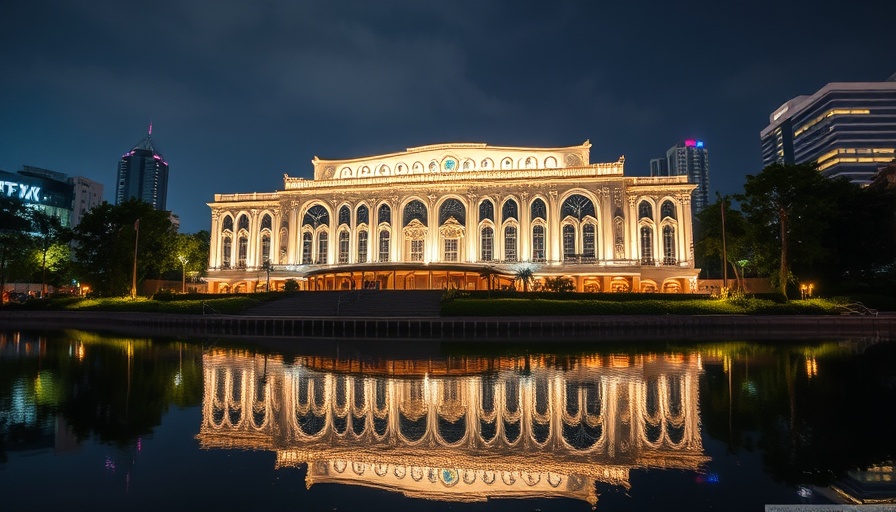
The Pinnacle of Opulence: Exploring the Most Expensive Buildings
In an era where architectural innovation meets staggering financial investments, the world is home to some truly exorbitant structures that stand as monuments to human ambition and luxury. From extravagant private residences to grand public establishments, these edifices not only dazzle with their aesthetics but also embody the wealth of their owners. So what defines the most expensive buildings in the world? While one might consider costs associated with overall maintenance, the true benchmark often rests in the initial construction expenses. Let's journey through some of these architectural wonders and contemplate how they reflect broader travel trends.
Burj Khalifa: Combining Functionality with Futuristic Aesthetics
At a staggering $1.5 billion, the Burj Khalifa in Dubai holds the title of the tallest building in the world, but its impressive height is just one aspect of its grandeur. Completed in 2010, the structure’s design and energy-efficient systems signify a paradigm shift in sustainable architecture. This iconic building is a hub for both tourists and business travelers alike. With its luxurious observation deck, world-class amenities, and green building techniques, the Burj Khalifa resonates perfectly with new luxury travel trends that attract affluent individuals seeking unique experiences.
Antilia: A Private Residence That Redefines Luxury
When discussing the most expensive buildings, it is impossible not to mention Antilia in Mumbai, valued at $2 billion. Owned by billionaire Mukesh Ambani, this extravagant 27-story residence offers an exquisite lifestyle that incorporates features such as multiple swimming pools, a snow room, and a garage for 168 cars. The ambitious design reflects a culture where opulence is a status symbol. As luxury travel evolves, Astute travelers might wonder if the exclusive allure of such structures will inspire new bespoke travel experiences tailored around opulent residences.
City of Dreams: The Luxurious Gaming Oasis
Another remarkable entry is the City of Dreams in Macau, valued at $2.1 billion. Home to the world's third-largest casino, this complex has redefined leisure travel through its myriad facilities, including upscale dining, entertainment spaces, and hotels. It exemplifies the current intersection of travel and luxury, highlighting a cultural travel trend that emphasizes high-stakes entertainment alongside lush accommodations. As global tourism rebounds post-pandemic, resorts like City of Dreams set the stage for an enticing blend of gambling and fine dining, appealing to the desires of affluent tourists.
Impacts of Luxury Buildings on Global Travel Trends
As we tour through these elite structures, it's clear that they are not just buildings; they are pivotal changes in the landscape of travel and tourism. Observing how extravagant constructions cater to the affluent traveler reflects a larger narrative about the Luxury Travel News. Destinations often leverage such structures to attract a global clientele eager for unforgettable, opulent experiences.
Future Predictions: What Lies Ahead for Luxury Structures?
The future of luxury buildings may venture into realms we cannot yet comprehend. With a growing emphasis on sustainability, emerging travelers may begin favoring eco-friendly structures that seamlessly blend grandeur and responsibility. It's plausible that cutting-edge technology will lead to smart buildings that react to their environment, harmonizing luxury and sustainability simultaneously.
Call to Action: Discover More
For those intrigued by the crossroads of travel and architectural opulence, we invite you to contact us for more insights into the luxurious travel experiences that await you at such breathtaking destinations. Dial (954) 456-0419 to plan your next extraordinary getaway.
 Add Row
Add Row  Add
Add 




 Add Row
Add Row  Add
Add 
Write A Comment